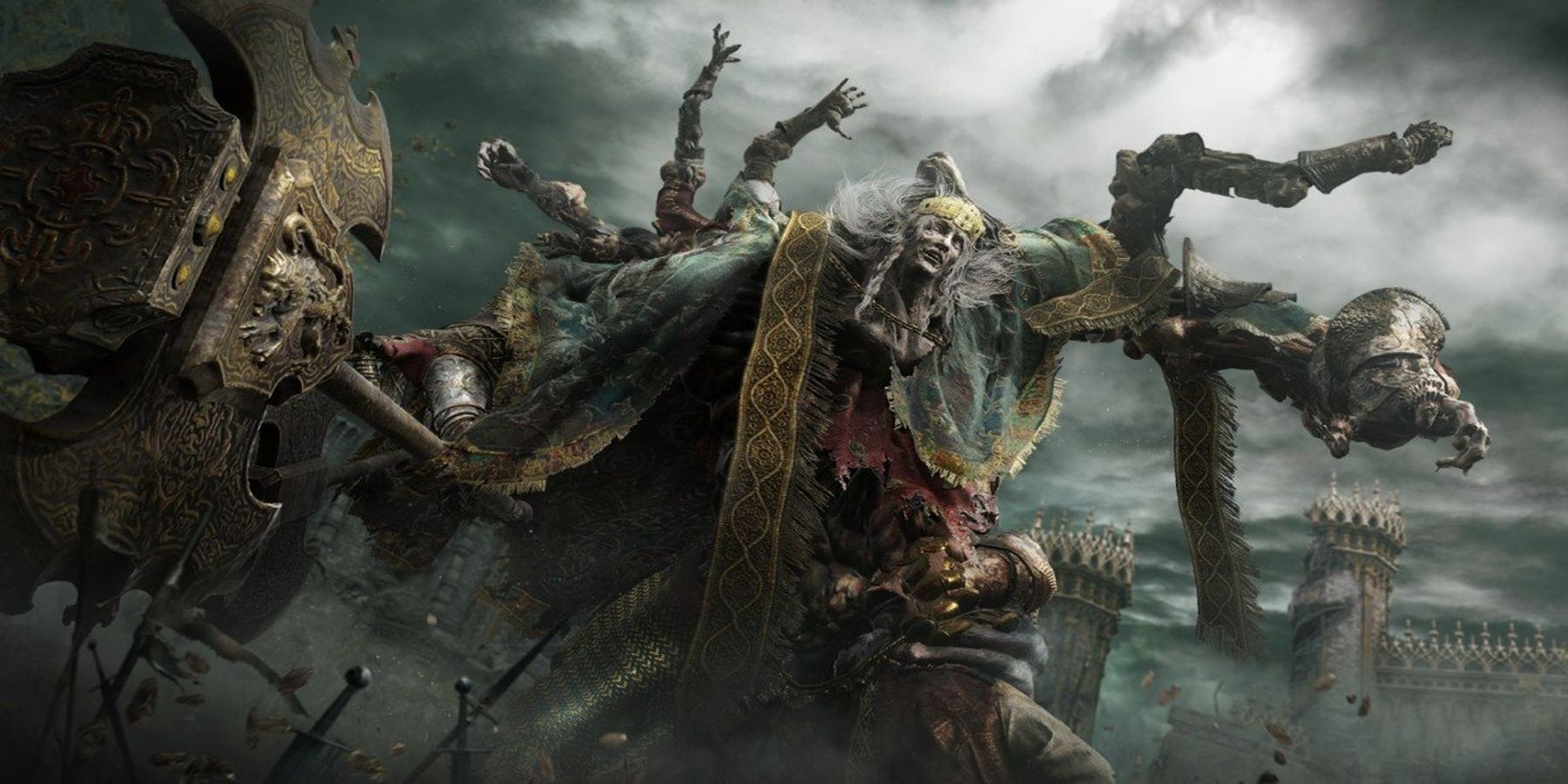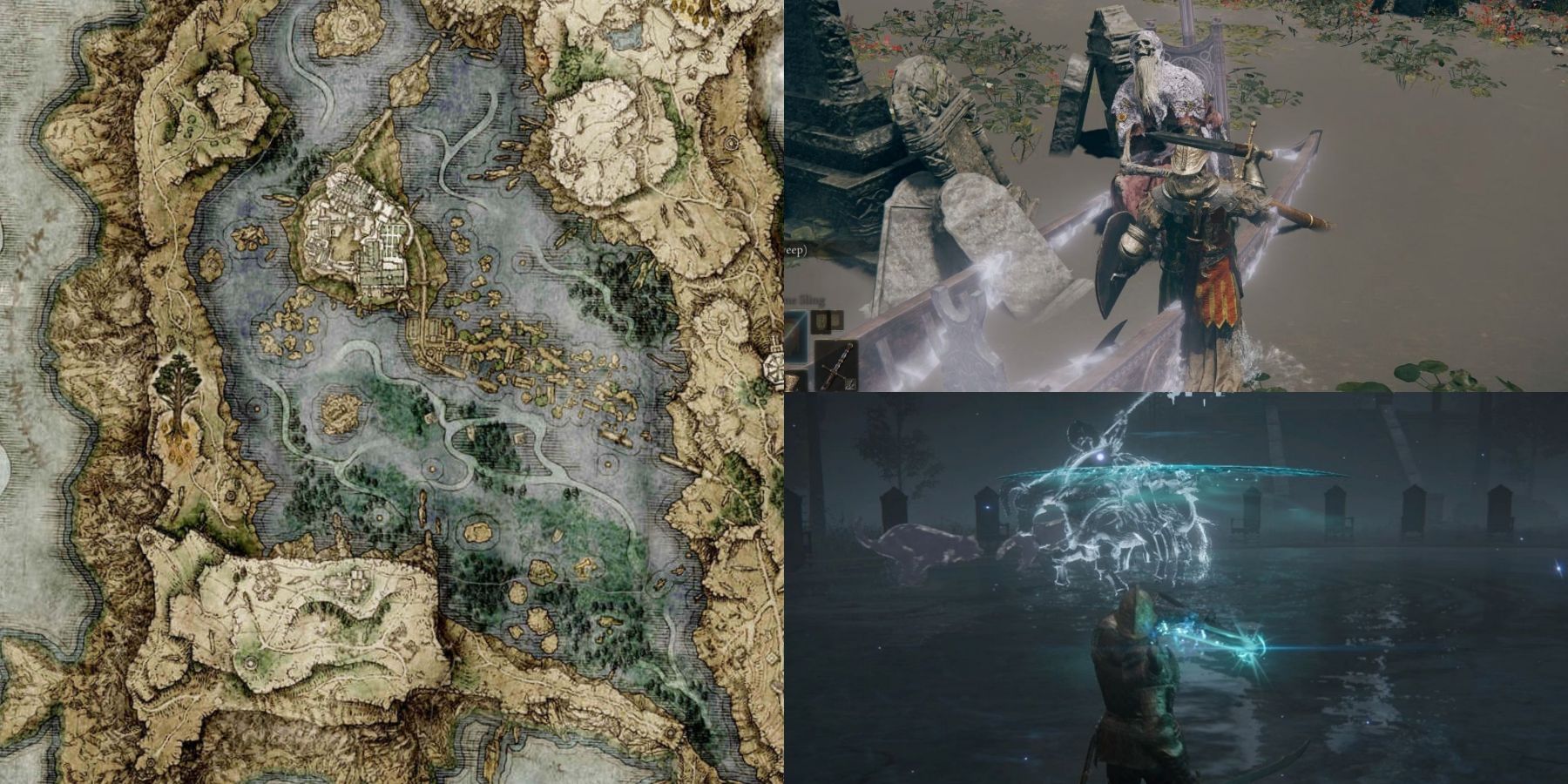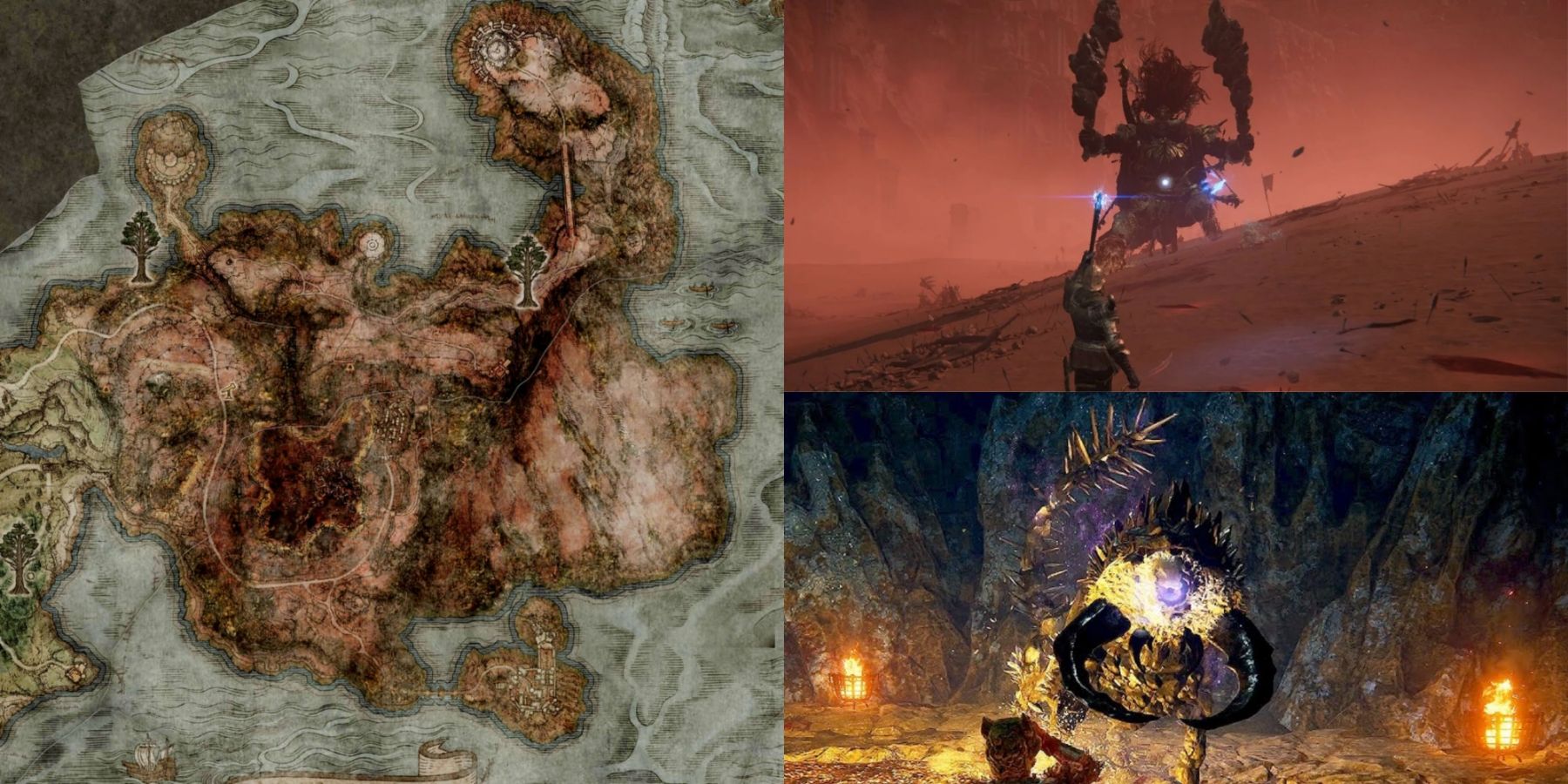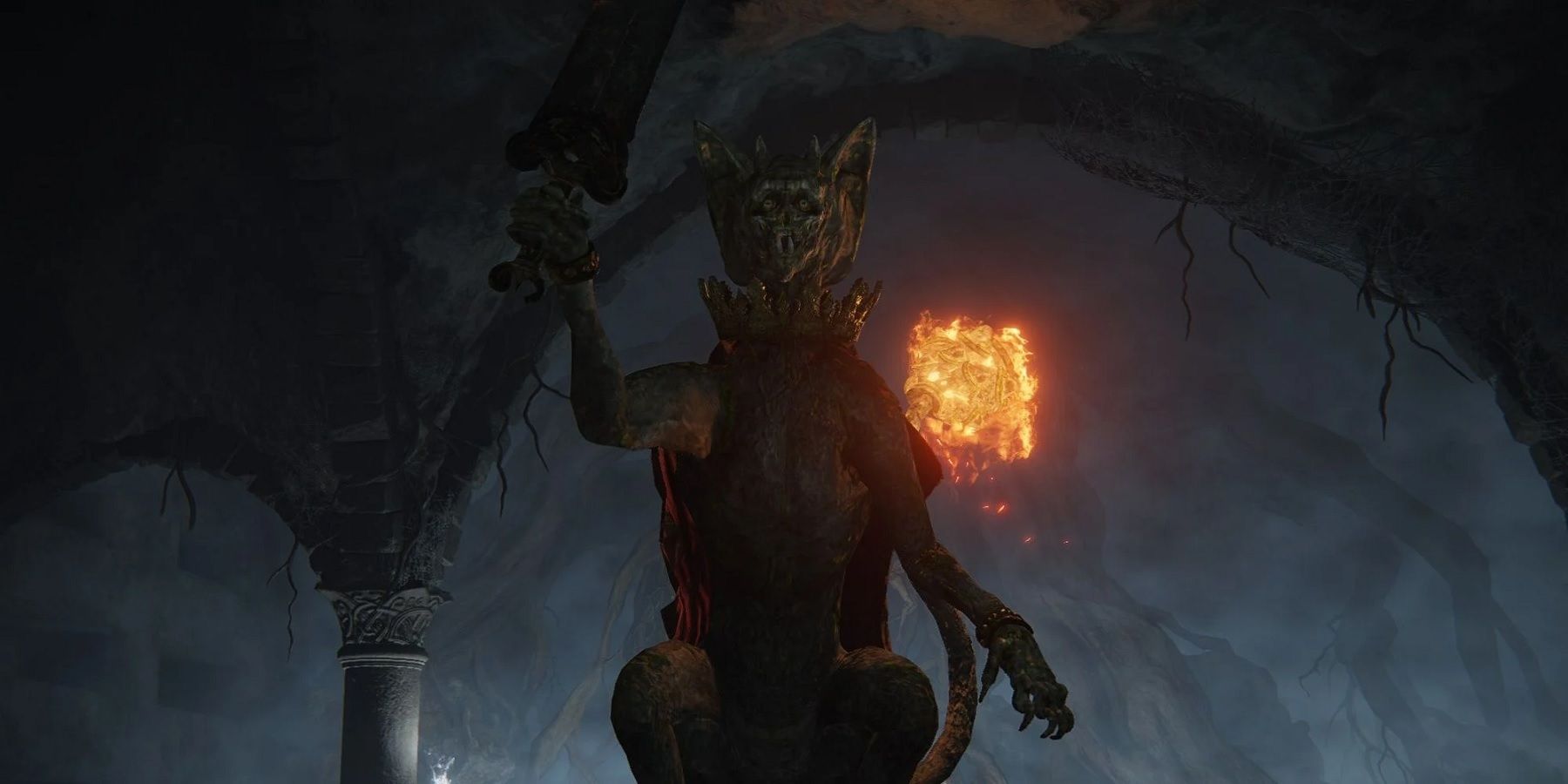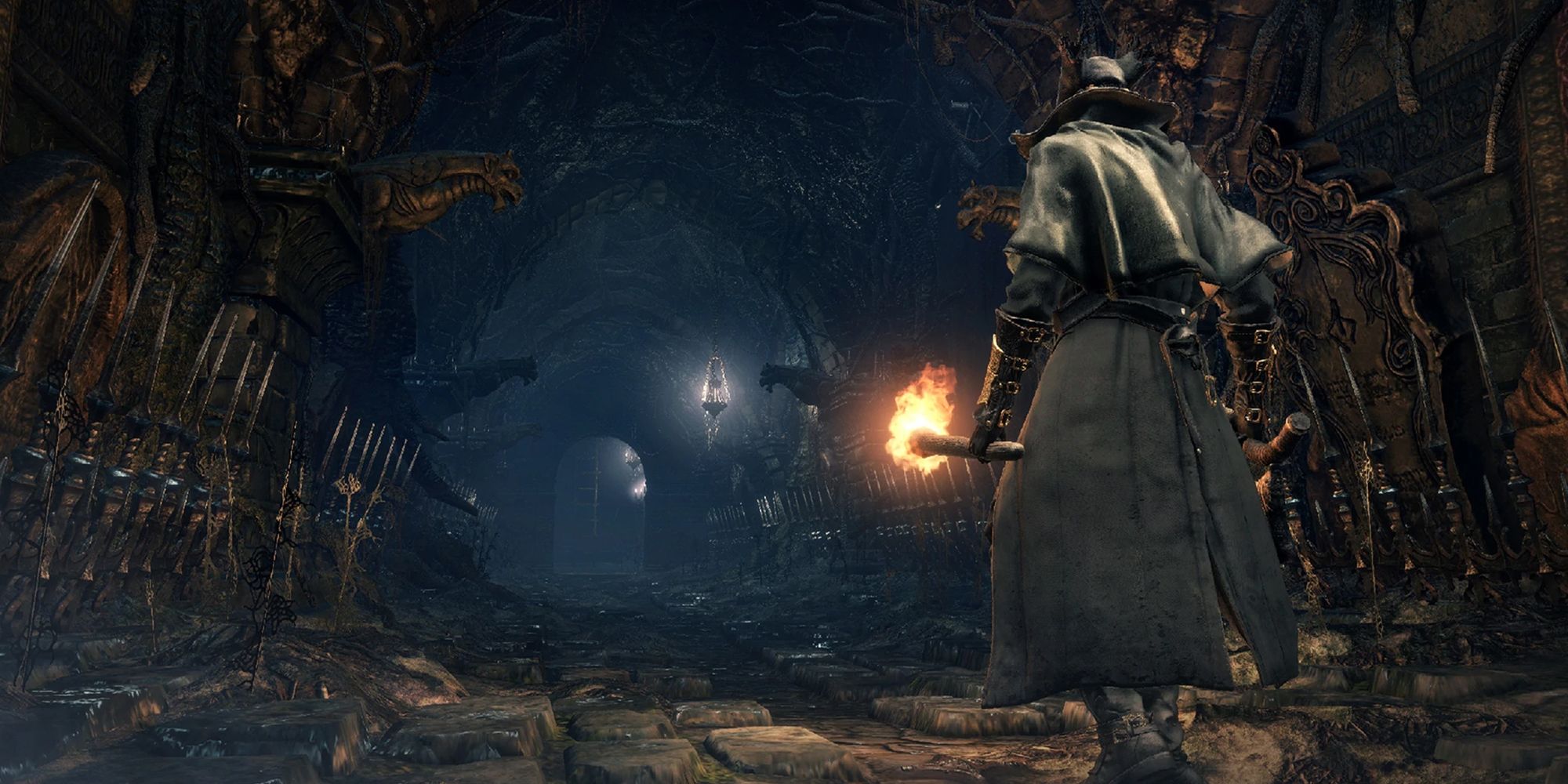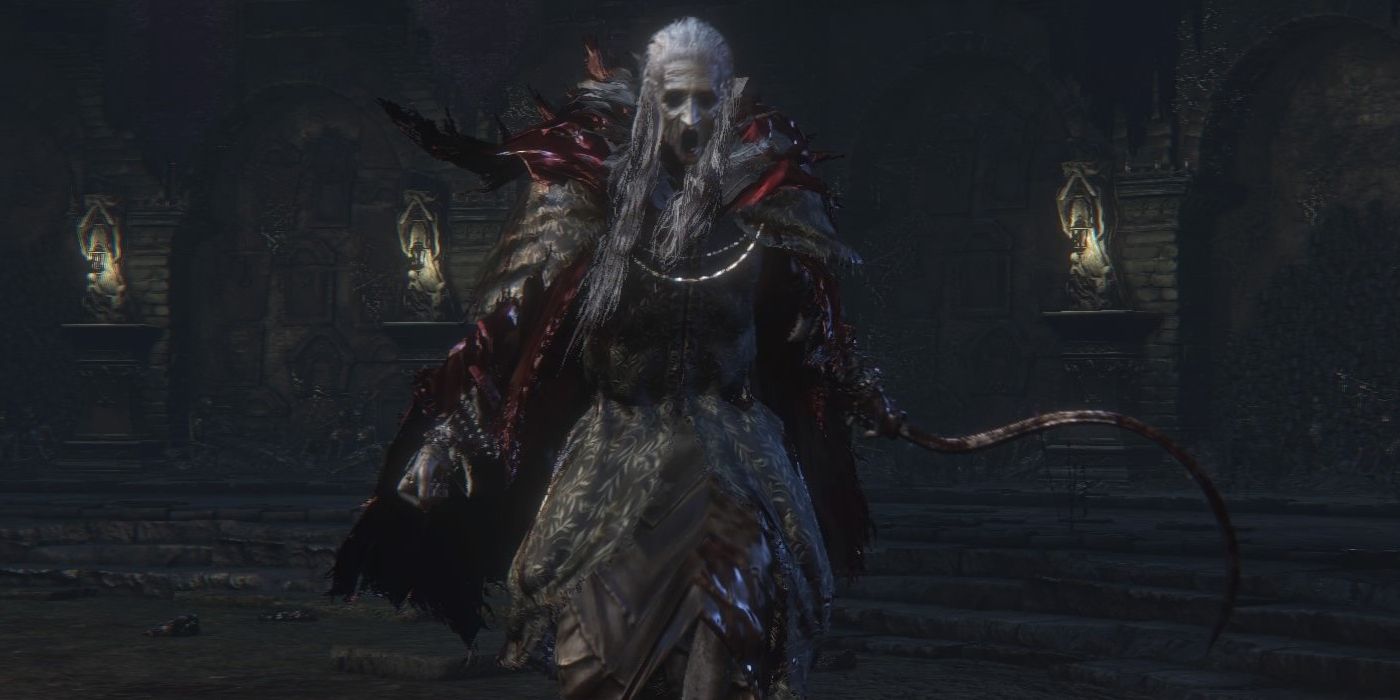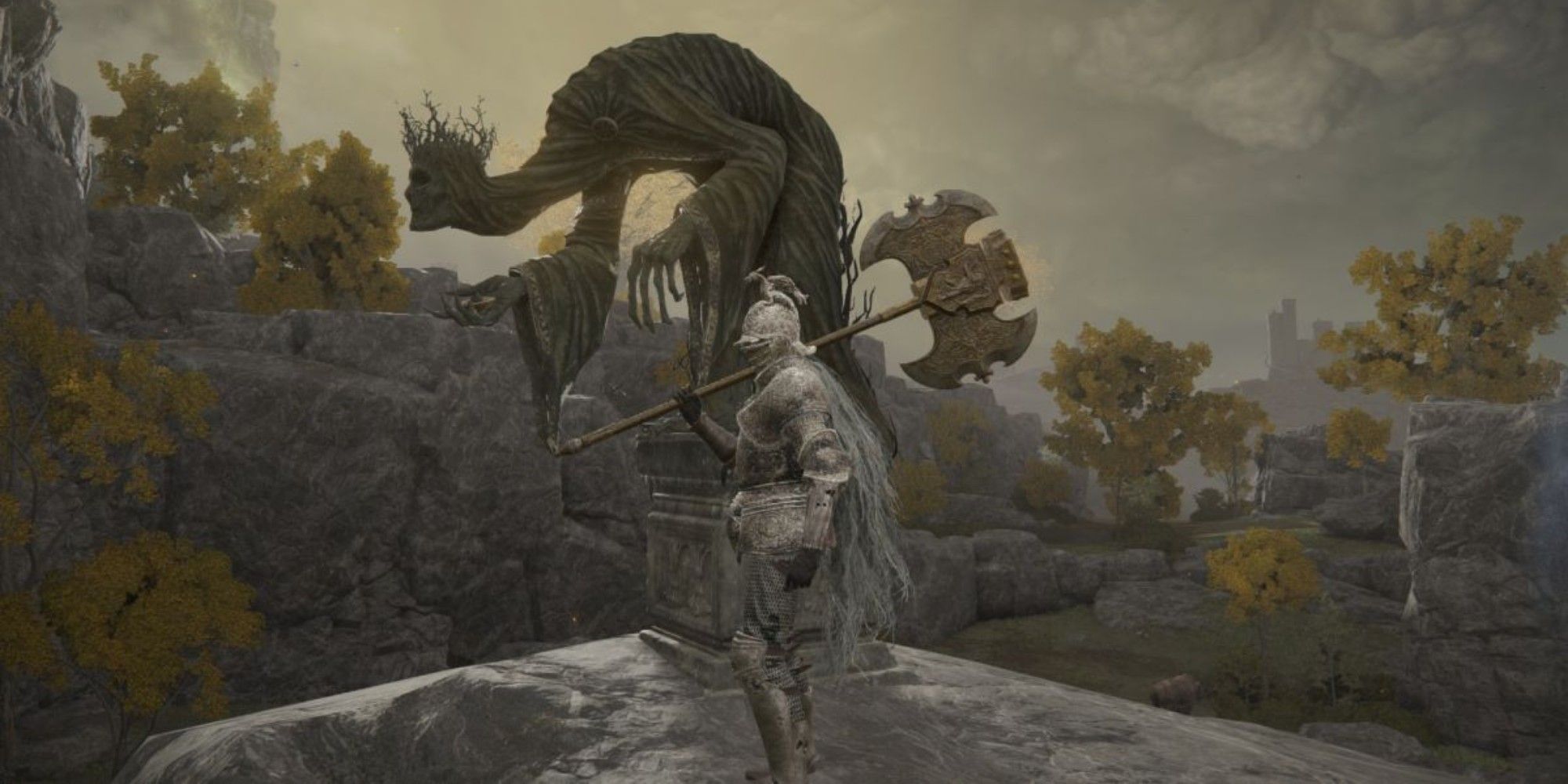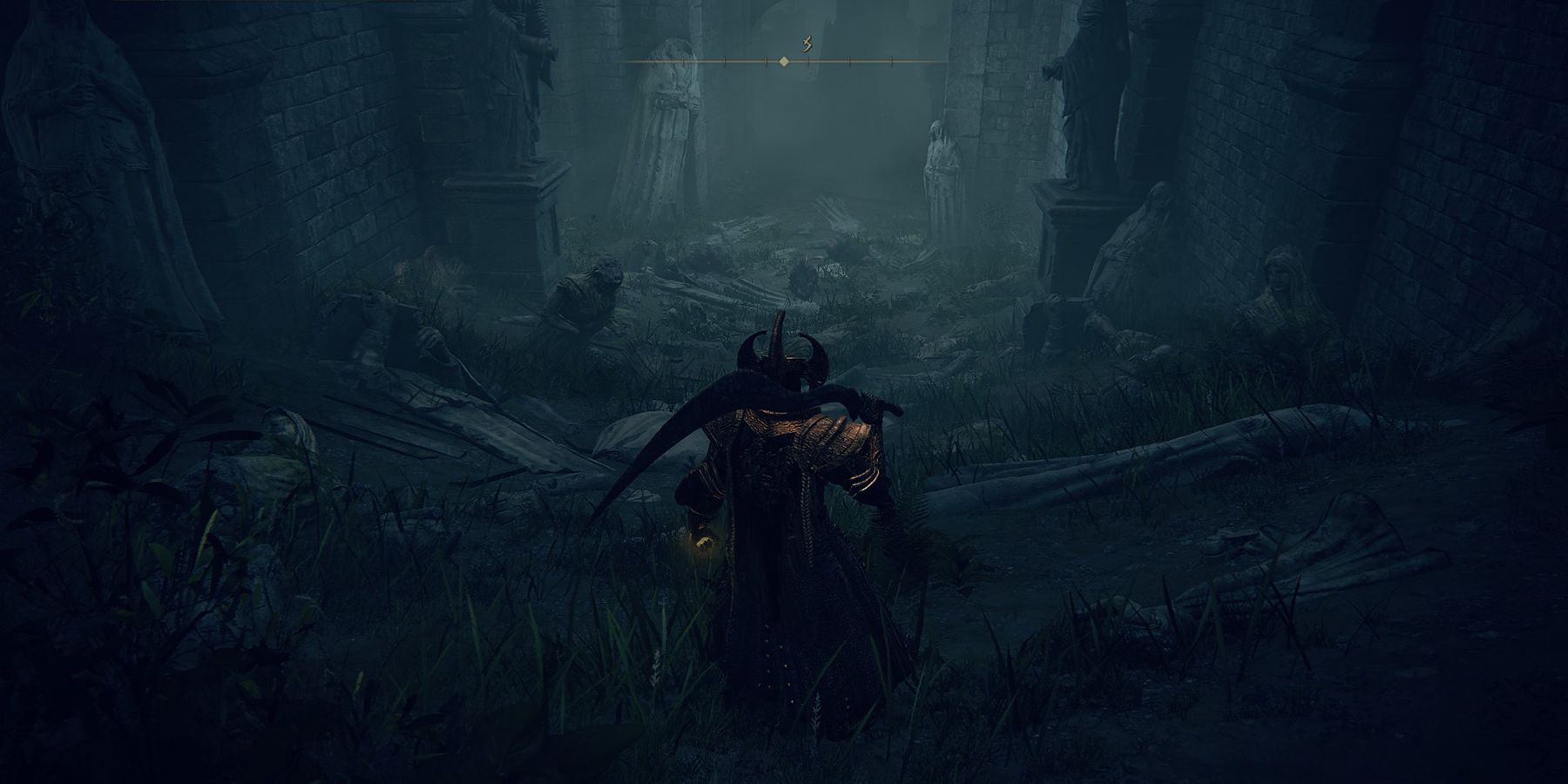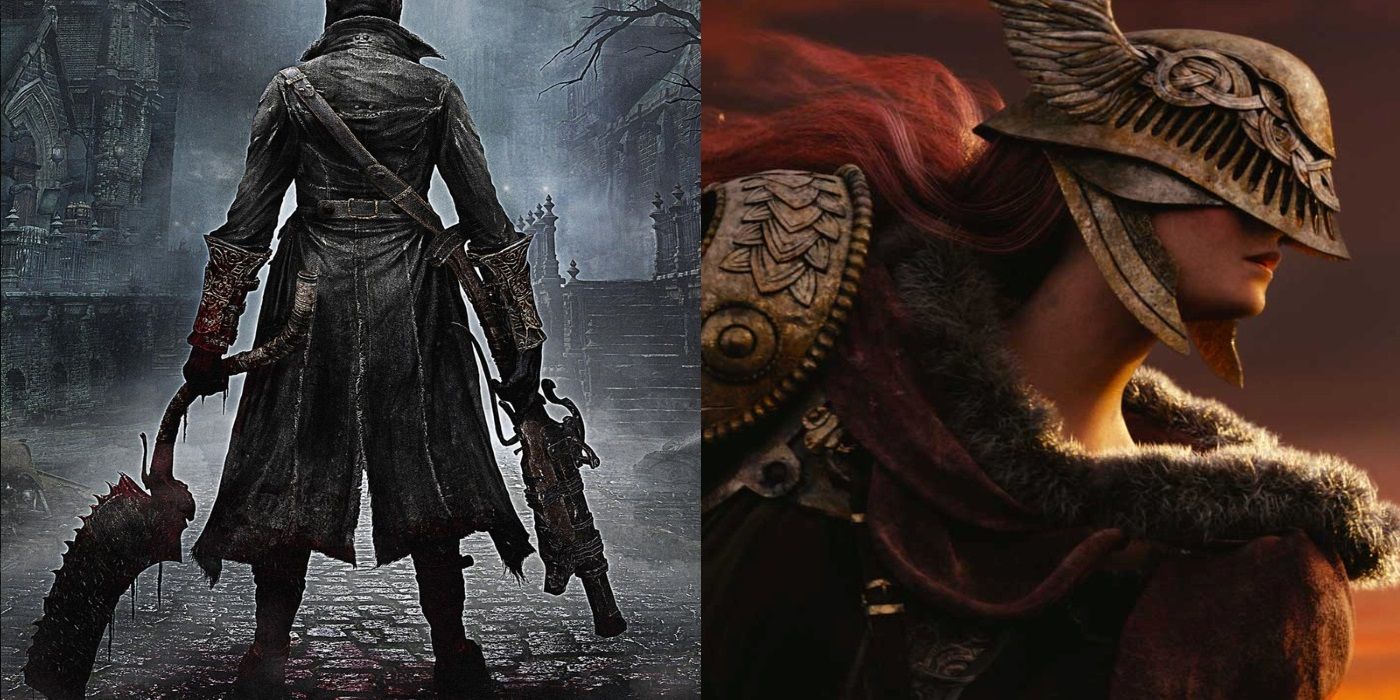Fans of From Software's titles like the recent Elden Ring may have long forgotten some of the criticisms that weighed heavy on the design aspects of previous games like Bloodborne. One of the heaviest criticisms on the PS4 exclusive title would be the chalice dungeons, which the developer appears to have since re-purposed while culminating previous titles into Elden Ring and spreading older mechanics and designs across the new, massive world.
Specifically, it's the sort of tile-setting design aspect of Bloodborne's chalice dungeons that has transferred into a number of the dungeons found scattered throughout Elden Ring and the open fields of The Lands Between. However, by pulling away from the procedural generation aspect of chalice dungeons and limiting the size of these side areas, From Software has quickly remedied the shortcomings of the first attempt at this type of level design.
The Initial Failure of Bloodborne's Chalice Dungeons
The bulk of the criticism for these chalice dungeons comes from the way that they acted almost as a second game that never felt like it had the same care and attention poured into its design. Much of this negativity was because the dungeons were designed with the intention of being procedurally generated, which would allow players to dive into a theoretically infinite number of dungeons to challenge new levels and bosses. However, this meant a lot of repeated areas and a lack of some of Bloodborne's best bosses due to an attempt to keep the ones from the rest of the game unique.
It's a novel concept on paper, that even to this day has inspired a group of dedicated players to explore the technically finite amount of dungeons and plunder each of their depths. The problem was the execution, that required players to leave the better designed locations across Yharnam in order to dive into these long dungeons that offered no story progress. That being said, there were some reasons to dive into the dungeons, such as some unique items along with several impressive ways to farm for Bloodborne's currency, blood echoes.
The Hidden Benefits in Bloodborne's Chalice Dungeons
For both completionists and casual fans of Bloodborne's gothic aesthetic and aggressive gameplay, the chalice dungeons offered a few unique ways to engage with the game that players can't find in the regular game. Obviously, there were the enemies, which could often be farmed for blood echoes, with the near-infinite number of dungeons making it so that players were never retreading the same content in order to gain the currency. Additionally, there are several new items for players to find down in some of the hardest dungeons, such as ritual materials to dive into deeper areas, alongside alternate versions of weapons with unique bloodgem slots.
Beyond the items that could be found in the chalice dungeons are one of the major draws to From Software's brutally hard titles in the first place, the bosses. Several of Bloodborne's fan-favorite bosses are actually locked behind the chalice dungeons, including Watchdog of the Old Lords, Bloodletting Beast, and Yharnam, Pthumerian Queen. It isn't enough to elevate the constantly repeating hallways to the same level as the rest of the game, but there were some very positive aspects that deserved to have a second attempt.
How Intentional Design Strengthens the Tile-Set Design
The strongest evolution from Bloodborne's chalice dungeons to the crypts and caves found in Elden Ring is that way that the new title takes the tile-set concept and uses it to design levels intentionally. In the case of this discussion, this "tile-set concept" is specifically looking at how side dungeons appear to be designed with an asset pack that lays out rooms and hallways from pre-made pieces rather than drawing an entirely unique map. However, even though the side dungeons have that feeling of everything looking the same from level to level, the elevating difficulty and layouts makes clearing each of Elden Ring's dungeons seem more unique than they are.
While this does mean that the near-infinite number of dungeons didn't make it into Elden Ring, each one is made more impressive by being created with purpose like much of the rest of the game. Additionally, some of these dungeons even keep the concept of creating unique bosses that are mostly found in crypts and caves. That's not even to mention the NPCs like Patches and special gear that can often be found inside of these dungeons.
Elden Ring's Smaller Dungeons Only Add Without Removing from the Open Field
A strange benefit for these dungeons as well, is the smaller size of the optional areas, especially when compared to places like Stormveil Castle or Raya Lucaria Academy. With such a large world to explore, stumbling upon something as large as Siofra River can almost be overwhelming. So, finding a quick cave that might only take ten to twenty minutes to fully explore could instead be a fresh moment for some light exploration with a piece of Elden Ring's unique armor or weapons hiding inside.
Comparing these to the sprawling chalice dungeons of Bloodborne, and players can quickly see why the much larger side content can become overwhelming. Even with special versions of weapons and powerful bloodgems locked inside, the whole concept of diving into a multilayered dungeon for hours while the rest of the game awaits isn't immediately appealing. So, not only does the new design give From Software the opportunity to hide impressive talismans in Elden Ring's smaller crypts, but the lesser size also becomes a feature on its own.
Where From Software Can Improve In A Sequel to Either Elden Ring or Bloodborne
While these new dungeons are an impressive step forward, there is still definitely room for improvement. One change that could make these caves and crypts feel more unique even as they look the same is by making sure to keep more of the bosses inside entirely within these areas. Early caves introduce enemies like Elden Ring's demi-human chief or the crystalians, only for them to appear in other places in the overworld.
Likewise, the opposite appears to happen, where some bosses like the magma wyrm or fallingstar beast are clearly designed for large, open areas and almost appear to break when shoved into the tiny cave arena. With so many of these little dungeons placed throughout the game, it's easy to assume that the developer simply ran out of ideas and just started dropping enemies into boss arenas without care. Given the professionalism From Software puts into boss design, that can be hard to believe for a fan, but some of these placements do stand out as somewhat of an oversight at times.
Elden Ring is available now for PC, PS4, PS5, Xbox One, and Xbox Series X/S.

